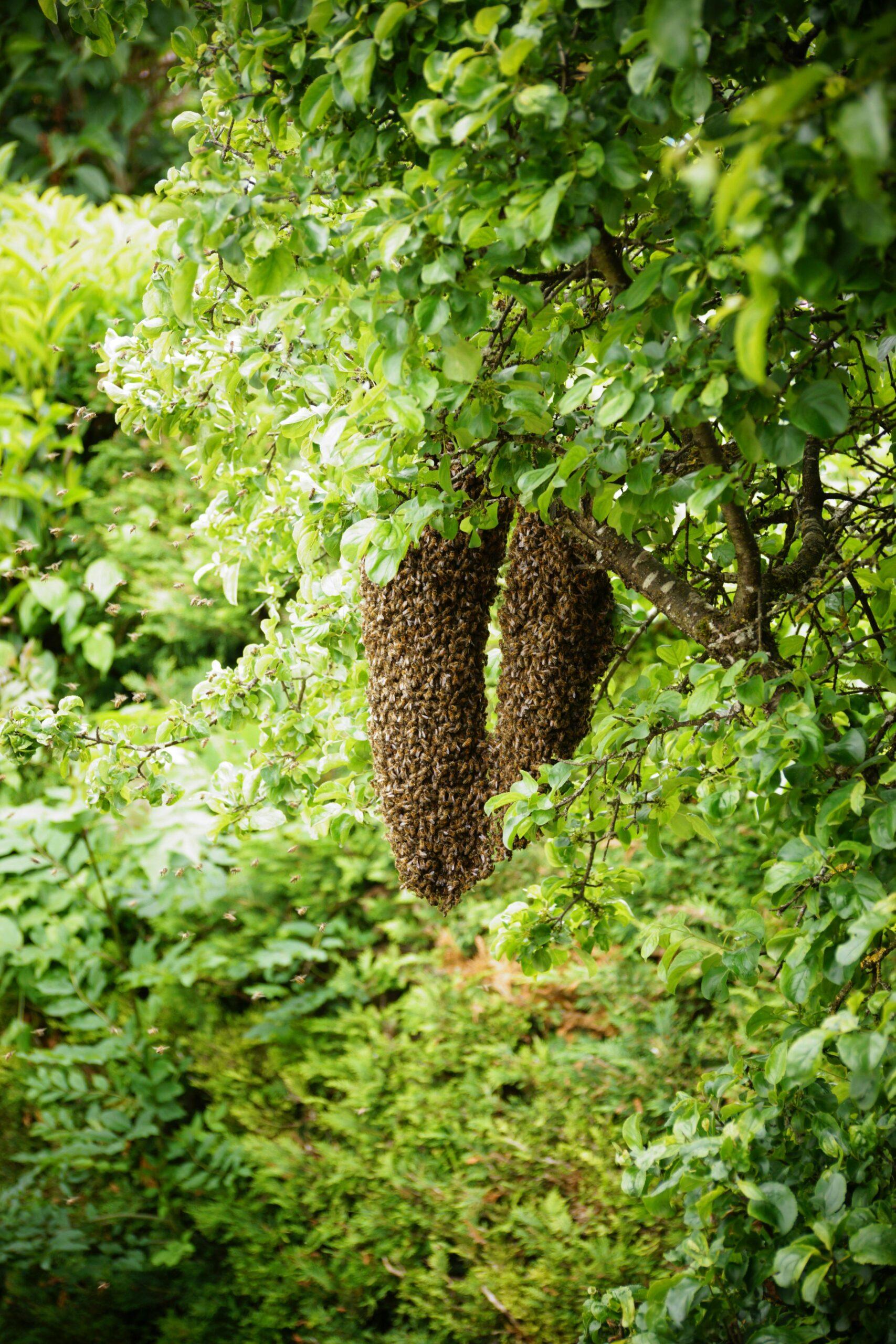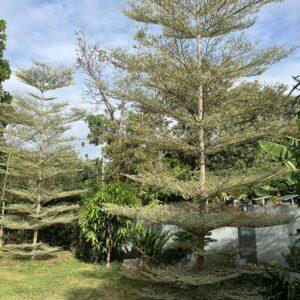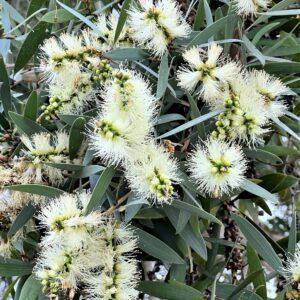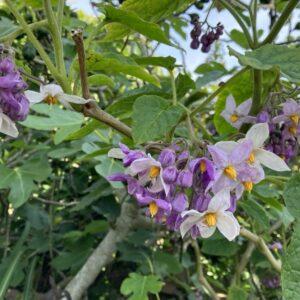Honey Tree A Hardy Shade Provider with Natural Elegance
The Honey Tree, more accurately known as the Honey Locust Tree, is a fast-growing, deciduous tree native to North America. Valued for its airy, fern-like foliage and twisted seed pods filled with sweet pulp, this tree is a favorite in both urban and rural landscapes. Its adaptability, resilience, and ornamental appeal make it a versatile choice for homeowners, landscapers, and eco-conscious gardeners.
With its open canopy, the Honey Tree provides dappled shade that allows grass and smaller plants to thrive beneath it. Whether planted along streets, in parks, or as a focal point in large gardens, it offers both beauty and function.
Light Requirements
The Honey Tree thrives in full sun and requires at least six to eight hours of direct sunlight daily. Its growth habit is open and spreading, which allows sunlight to filter through its delicate leaves. This makes it ideal for planting in areas where filtered light is preferred, such as over patios, lawns, or garden beds.
While it can tolerate partial shade, reduced sunlight may slow its growth and reduce the density of its foliage. For optimal performance, choose a planting site with unobstructed access to sunlight throughout the day.
Temperature and Climate
The Honey Tree is highly adaptable to a wide range of climates and is hardy in USDA zones 3 through 9. It performs best in temperate to warm climates and can tolerate both hot summers and cold winters.
The ideal temperature range for healthy growth is between 15 to 32 degrees Celsius (59 to 90 degrees Fahrenheit). It is drought-tolerant once established and can withstand urban pollution, compacted soils, and even occasional flooding. This resilience makes it a popular choice for city landscapes and roadside plantings.
Watering Needs
During its early years, the Honey Tree benefits from regular watering to establish a strong root system. Water deeply once a week during the growing season, especially in dry or hot weather. Allow the soil to dry slightly between waterings to prevent root rot.
Once mature, the tree becomes drought-tolerant and requires minimal supplemental watering. In most climates, natural rainfall is sufficient. However, during extended dry spells, occasional deep watering will help maintain its health and vigor.
Soil Type and Composition
The Honey Tree is not picky about soil and can grow in a variety of conditions, including sandy, loamy, and clay soils. However, it prefers well-draining soil with a neutral to slightly acidic pH, ideally between 6.0 and 7.5.
For best results, enrich the planting site with compost or organic matter to improve soil structure and nutrient availability. Avoid waterlogged or poorly drained soils, as these can lead to root diseases.
Flowering and Growth Habit
In spring, the Honey Tree produces small, fragrant greenish-yellow flowers that attract bees and other pollinators. These are followed by long, twisted seed pods that contain sweet, edible pulp. Historically, Native Americans used the pulp as a natural sweetener.
The tree can grow up to 30 meters tall with a wide, spreading canopy. Its compound leaves turn a golden yellow in autumn, adding seasonal interest to the landscape. Thornless and seedless cultivars are available for those who prefer a cleaner, low-maintenance option.
Maintenance and Pruning
The Honey Tree is relatively low-maintenance. Prune in late winter or early spring to remove dead or crossing branches and to shape the canopy. Young trees may benefit from structural pruning to encourage a strong central leader.
Apply a balanced fertilizer in early spring if growth appears slow or foliage is pale. Mulching around the base helps retain moisture, suppress weeds, and protect the roots from temperature extremes.
Landscaping and Design Uses
The Honey Tree is ideal for a variety of landscape applications. It is commonly used as a shade tree in parks, along streets, and in large gardens. Its open canopy allows for underplanting with shade-tolerant grasses and perennials.
It also serves as a windbreak, erosion control plant, and wildlife habitat. Birds and small mammals feed on its seed pods, while its flowers support pollinators. Its adaptability and visual appeal make it a valuable addition to both formal and naturalistic garden designs.
Conclusion
The Honey Tree is more than just a shade provider—it is a resilient, beautiful, and ecologically beneficial tree that enhances any landscape. With minimal care, it offers decades of beauty, shelter, and environmental value. Whether you’re planting for aesthetics, function, or sustainability, the Honey Tree is a smart and rewarding choice.





Reviews
There are no reviews yet.